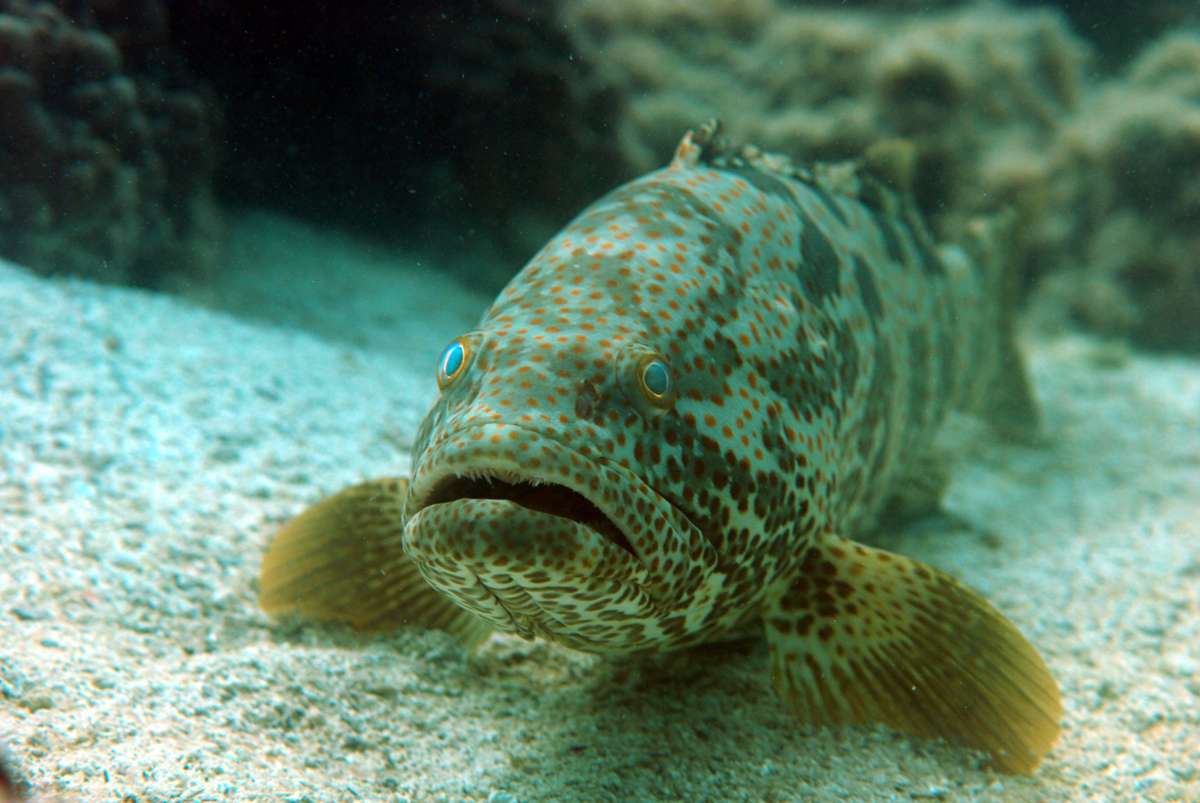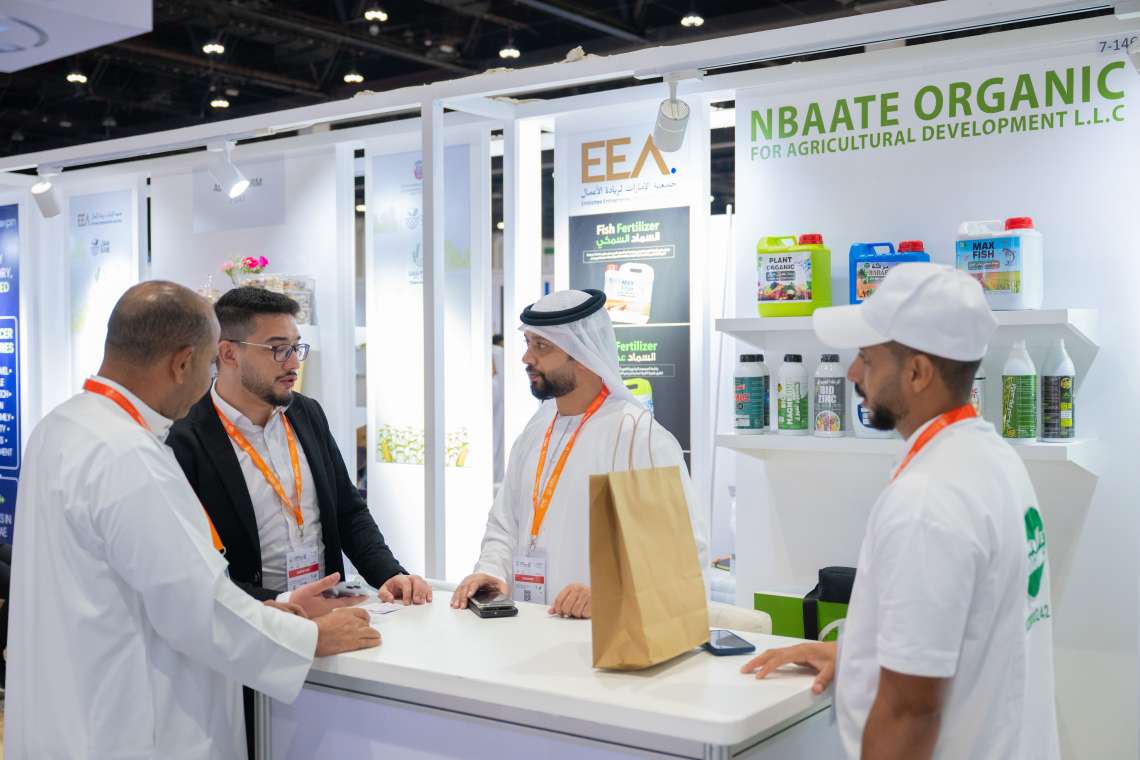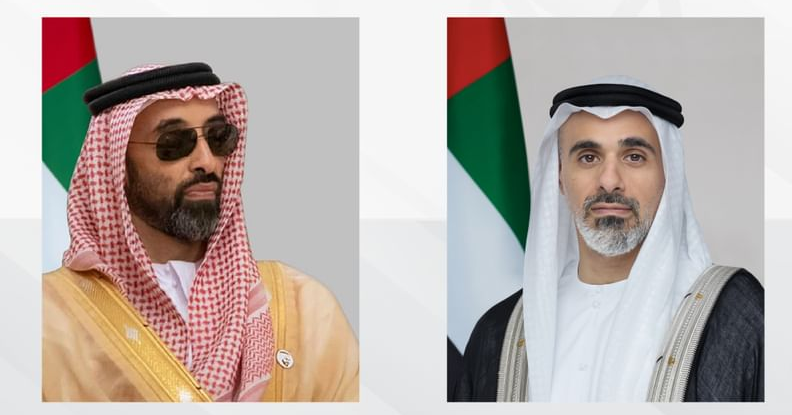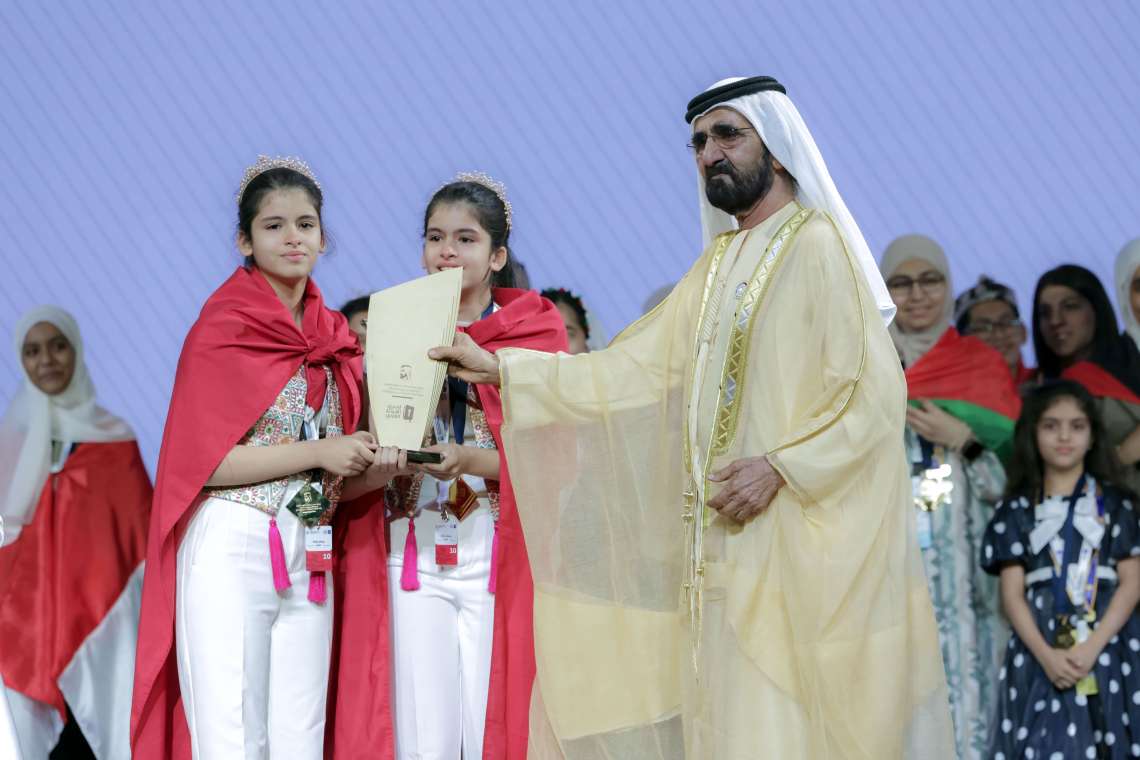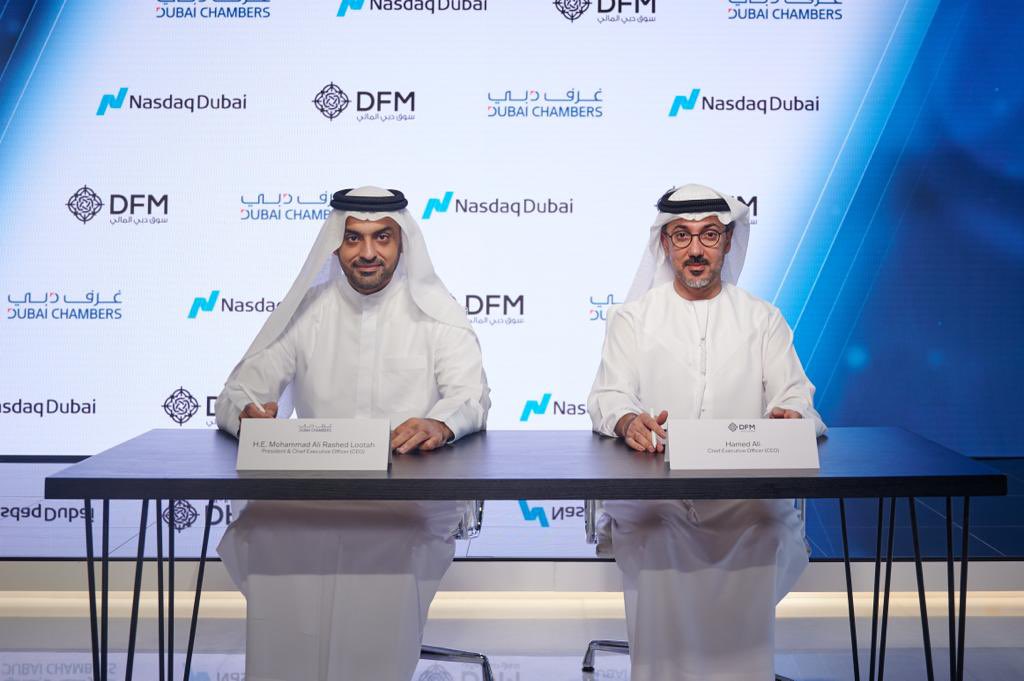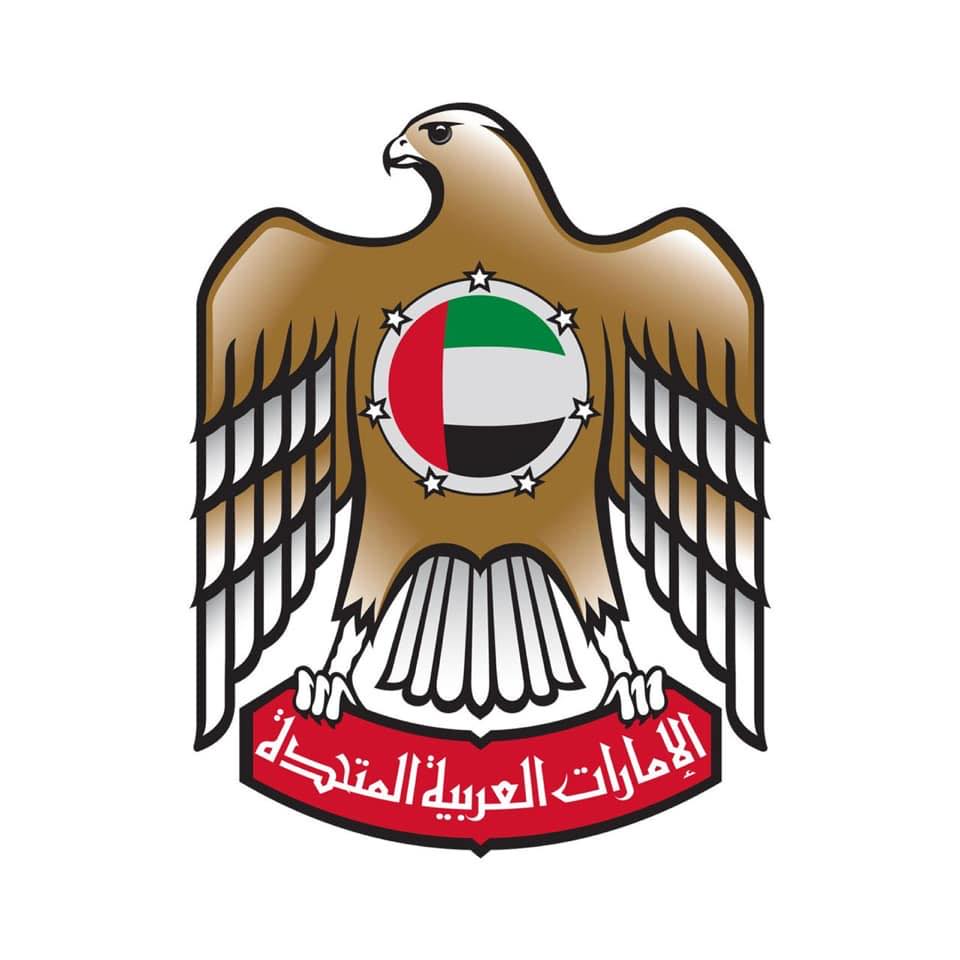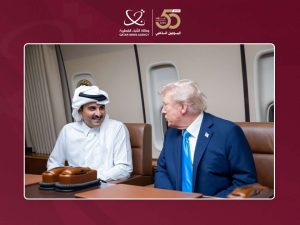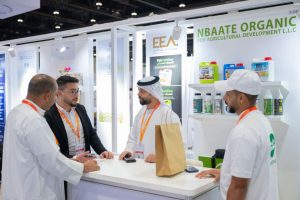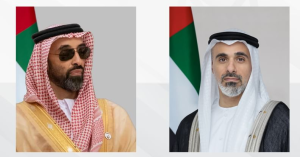An increase in the index indicates that the administrative measures implemented in the fisheries are providing a positive impact, which will help lead to the recovery of fish stocks by 2030…reports Asian Lite News
For the fourth year in a row, the Environment Agency – Abu Dhabi (EAD) has recorded a significant improvement in the “Sustainable Exploitation Index” following the implementation of fishing-related measures and procedures.
The index increased from 8.9 percent in 2018 to 69.1 percent at the end of 2022 and was calculated by evaluating a total of 35 fish species, which accounted for 97 percent of landings in 2022.
Since 2001, the EAD has been monitoring the state of fish stocks according to two basic indicators of sustainability. The first, the “Spawning Biomass per Recruit” (SBR) index, is the percentage of the fish that are old enough to spawn, allowing for the renewal of the stock. The second indicator is the “Sustainable Exploitation Index”, used to describe the proportion of species that are sustainably exploited.
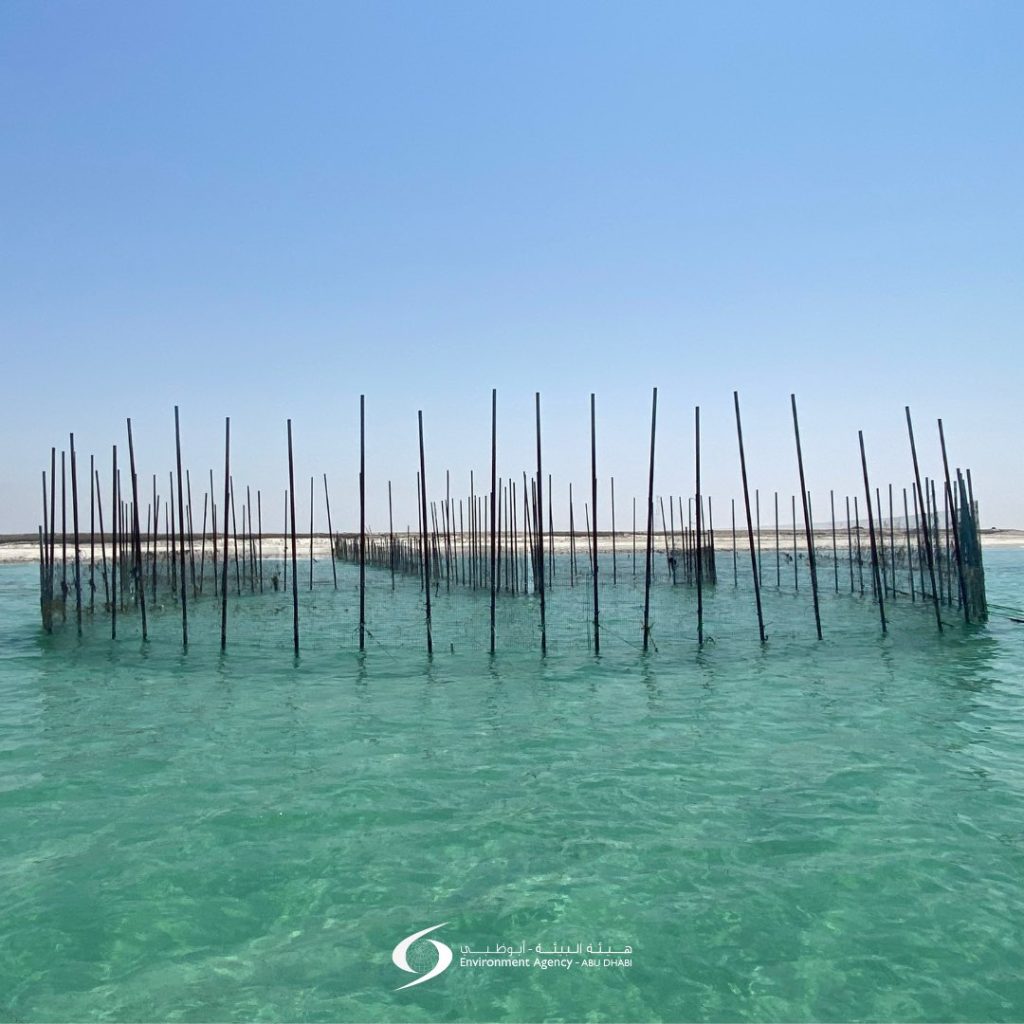
An increase in the index indicates that the administrative measures implemented in the fisheries are providing a positive impact, which will help lead to the recovery of fish stocks by 2030. The Agency’s data revealed that it had achieved the target percentage of the Spawning Biomass per Recruit, which determines the proportion of the stock volume of 30 main commercial species compared to the volume of their untapped stock. In 2022, an increase of 40 percent in the average stock size was recorded, up from 25.6 percent in 2020.
The landing quantities of some major fish species have improved, as has an expansion of their spread thanks to strengthened protection operations and the activation of regulatory procedures carried out by the Agency. This has relieved pressure on fisheries and contributed to their recovery, proving that the results obtained in fisheries performance indicators underscore the importance of the EAD’s continuing implementation of a ban on Gargoor fishing and encircling nets methods in Abu Dhabi waters.
The Agency stressed the importance of its existing cooperation with the Critical Infrastructure and Coastal Protection Authority in preserving the marine environment, regulating the exploitation of fish wealth, and supporting eco-tourism and cultural and recreational activities in Abu Dhabi.
The Agency also praised the commitment of fishermen and the cooperation of fishermen’s associations and their effective role in implementing the decisions and procedures related to fishing by the Agency to protect fish stocks. This has contributed significantly to reducing the effects of overfishing on the marine environment and achieving an improvement in the state of fish stocks in the emirate’s waters for the fourth consecutive year.
The Agency recorded an increase of 91 percent in the landing rate of “Zuraidi” (Golden Trevally) fish since 2020, up to approximately 15,000kg in 2022, while the percentage increase in the landing of Jedd (Pickhandle Barracuda) fish reached 90 percent, reaching about 112,000kg last year. The rate of landing of Faskar (Two Bar Seabream) fish has increased by 96 percent since 2020, to about 800kg in 2022. About “Umm Dhrais” (Indian Snapper) fish, the Agency recorded a 25-fold increase in the landing of this species, which increased from a total of 51kg in 2020 to approximately 1,300kg in 2022.
In 2022, the average mature stock size of “Hamourr” (Orange Spotted Grouper) and “Naiser” (Ehrenbergs Snapper) fish increased by 18 percent and five percent, respectively, compared to 2021, while the relative average adult stock size of “Kanaad”, (Kingfish) “Shaari” (Spangled Emperor), “Durduman” (Yellow Tail Scad), “Jesh” (Orange Spotted Trevally) and “Dhile” (Talang Queenfish) increased by 25 percent, 20 percent, 19 percent, six percent, and four percent, respectively, compared to 2020. The average relative size of mature fish stocks increased by 20 percent compared to 2019, and the “Shaam” (Yellowfin Seabream) fish achieved an eight percent growth in the average size of mature fish compared to 2018.

